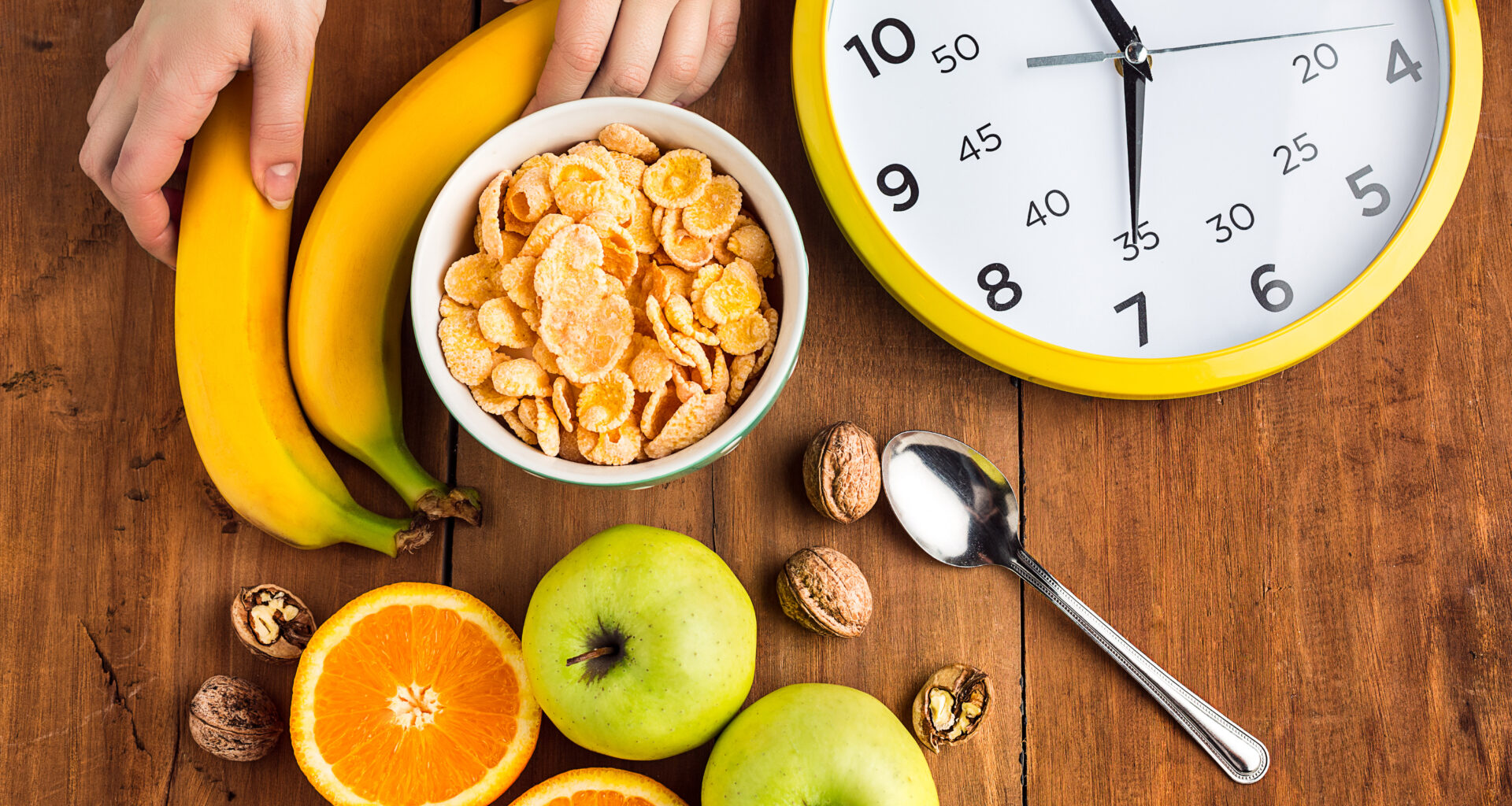According to studies, intermittent fasting 101 can aid in weight loss and provide advantages for brain and heart health. There are several methods to accomplish this task, so it’s crucial to select the most suitable one for your needs.
Intermittent fasting (IF) has become a widely embraced health and fitness trend worldwide.
Individuals are utilising it to shed pounds, enhance their well-being, and streamline their routines.
Several research studies indicate that it can have significant impacts on your body and brain, potentially extending your lifespan.
Here is the ultimate beginner’s guide to intermittent fasting 101.
Read More: Exercises for Health
What is Intermittent Fasting 101
Intermittent fasting has gained popularity in recent years as an eating technique. It includes alternating between periods of restricting food intake and periods of eating. Various intermittent fasting techniques exist, with the 16:8 method being the most popular. This involves consuming all meals within an eight-hour window and abstaining from calories for the remaining sixteen hours.
Various intermittent fasting 101 methods exist, such as fasting for religious purposes like during the Islamic holiday of Ramadan, when Muslims abstain from eating or drinking from dawn to dusk.
Additional health-oriented fasting methods involve following the fasting-mimicking diet or adjusting the fasting window to options other than 16:8. This can include consuming a highly restricted calorie diet for 1-2 days weekly or abstaining from all meals for 24 hours once a week.
Read More: Fad Diets and Sustainable Weight Loss
Methods of Intermittent Fasting
There are various IF variations, each with its distinct approach.
There are different intermittent fasting 101 schedules to suit different lifestyles, preferences, and goals.
Every individual has unique schedules and dietary requirements, making it essential to have various eating windows for flexibility and customisation.
16:8 Method
The 16/8 approach is limiting your eating window to 8 hours and fasting for 16 hours.
You may eat between 12 and 8 p.m., for instance. Next, fast from 8 p.m. that night to noon the next day.
5:2 Method
There are several approaches to using this strategy.
The 5:2 diet calls for restricting food intake on two days of the week in addition to sticking to a regular, nutritious diet for the other five days.
Eat-Stop-Eat Strategy
This approach calls for a full 24-hour fast 1-2 times each week.
You might, for instance, refrain from having dinner the day after the previous day.
Read More: Workout Routine For Weight Loss
Alternate-Day Fasting Approach
You switch off between regular eating days and fasting days when using this IF technique.
Fasting days may entail few calories but may not be a true fast.
What Happens When You Do Intermittent Fasting?
Intermittent fasting has many physical and psychological health benefits. It causes physiological changes in the body as it adjusts to not eating, ensuring that our bodies can now use stored resources more effectively and preserve energy thanks to these modifications.
Discover the science behind intermittent fasting 101 by reading on.
Repair of Cells
Cells can go through processes of repair that support the upkeep of their general health.
This could enhance intermittent fasting’s anti-aging benefits.
Insulin Decrease
The hormone called insulin is in charge of transferring glucose into your cells so that it can be stored or used as energy.
There is a dip in insulin levels when you stop eating. Reduced insulin stimulates the body to burn fat reserves for energy.
Ketosis
Intermittent fasting 101 is that it can cause the body to reach a condition of ketosis without the need of a keto diet. The state of ketosis enables the liver to transform fatty acids into ketones, giving the body an alternate energy source.
Increased Fat Breakdown
Your body is more susceptible to hormones like norepinephrine, which tells fat cells to start breaking down stored fat, when your insulin levels drop.
Energy is obtained from this stored fat.
Read More: Vegan Diet For Weight Loss
How to Get Started with Intermittent Fasting 101
Select the Appropriate Approach
Choose an IF strategy based on your tastes and way of living.
Begin Gradually
If you’ve never fasted before, start off with shorter fasts and work your way up to longer periods.
Maintain Hydration
To stay hydrated when fasting, consume a lot of liquids.
Eat Foods High in Nutrients
To make sure you get the nourishment you need, concentrate on eating complete, unprocessed meals during your eating windows.
Pay Attention to Your Body
Observe your body’s signals of hunger and modify your fasting schedule as necessary.
Who Shouldn’t Try: Intermittent Fasting 101 Guidelines
Intermittent fasting may not be suitable for everyone and does not work the same for everyone. Here’s a brief list of intermittent fasting 101 guidelines for individuals who should steer clear of intermittent fasting:
- Make sure to eat when taking insulin or medications for diabetes.
- If your medication needs to be taken with food.
- If you have faced challenges with your eating habits previously.
- If you’re not 18 years old.
- Athletes require more calories due to their higher energy expenditure. This also applies to pregnant or breastfeeding individuals.
- If you’re unsure if this is the perfect match for you, always remember to choose what brings out the best in you each day. Deciding whether to try intermittent fasting or not ultimately comes down to finding what suits you best!
Conclusion
Intermittent Fasting offers a versatile and successful eating approach that can help with weight loss and overall health.
Some advantages of this include shedding pounds, better insulin response, enhanced autophagy, and decreased chronic inflammation.
Intermittent fasting 101 is that it may not be suitable for everyone and can have potential risks and side effects.
Consult your healthcare provider before initiating any fasting plan.
With proper direction, intermittent fasting can contribute to a healthier lifestyle and longer life!
FAQs
The golden rule of intermittent fasting is typically to abstain from consuming calories during fasting periods. This means no food or beverages that contain calories, including milk.
The most successful intermittent fasting method varies from person to person, as it depends on individual preferences, lifestyle, and health goals. Some popular methods include the 16/8 method, the 5:2 diet, and alternate-day fasting.
While intermittent fasting generally involves abstaining from consuming calories during fasting periods, some people choose to drink black coffee, tea, or water. Milk contains calories, so it’s generally advised to avoid it during fasting periods.






